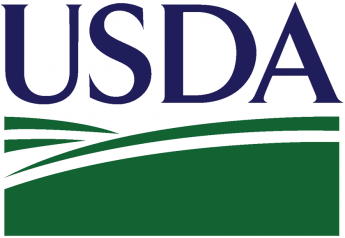PRRS Impact on U.S. Pig Crop Helping Ease Processing Pressure from Slower Line Speeds
Farm Journal Pork 092221
The impact of slower line speeds at packing plants may not be as bad as some economists expected this fall and fewer pigs due to Porcine Reproductive and Respiratory Syndrome (PRRS) outbreaks this year are one reason why.
The June Hogs and Pigs report showed lighter litter numbers for the first half of the year. And as USDA prepares to give updated numbers in the September Hogs and Pigs Report Friday. One Iowa State economist says it could shed more light on just how big of an impact PRRS had on the U.S. herd this year.
"USDA thought we'd be down about one and a half percent on the summer slaughter, just given what their marketing inventories were," says Lee Schulz, Iowa State University livestock economist. "Now, we're benchmarking that against last year. So, that that's kind of difficult, but we've been down over 7%. I think there's some things that were difficult to quantify, and PRRS is certainly being one of them in the marketplace. We have another Hogs and Pigs Report coming up here at the end of the month, which will give us September 1 inventories. I'll note that that's usually the biggest inventory of the year. And so that'll be really helpful to kind of benchmark where we're at fars supplies, both short term, but also much going into 2022 and beyond."
A Federal District Court ruled in March that packing plants operating under the New Swine Slaughter Inspection System set in 2019 were to remove maximum line speeds. The court ruled in favor of a union that filed the lawsuit, saying faster line speeds undermined worker safety.
Economists like Iowa State's Dermot Hayes say the unintended consequence from the ruling means it actually hurts worker safety as many now face mandatory overtime or extra shifts.







